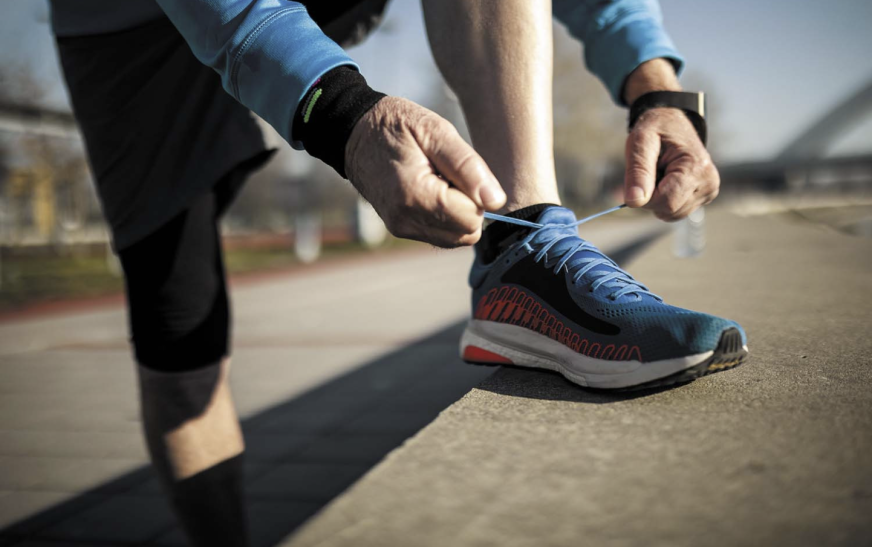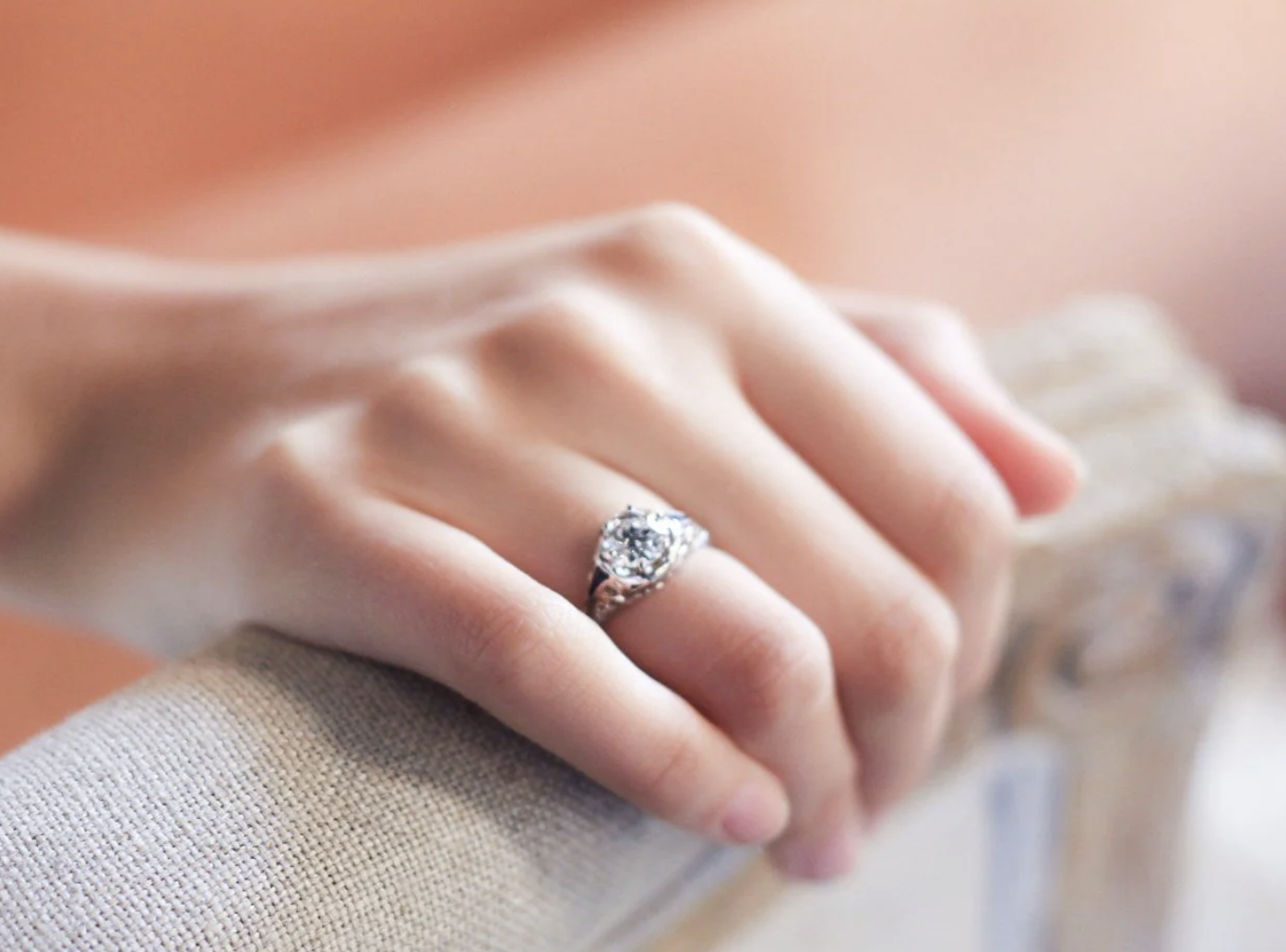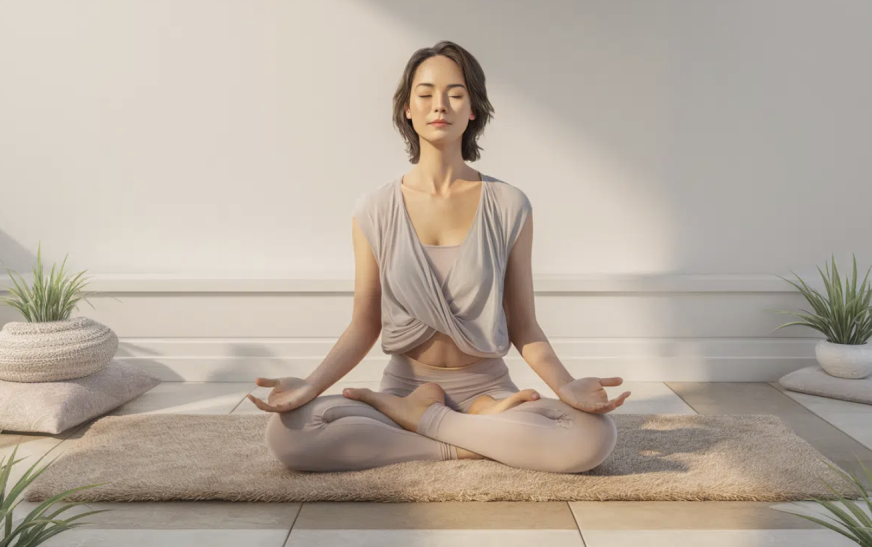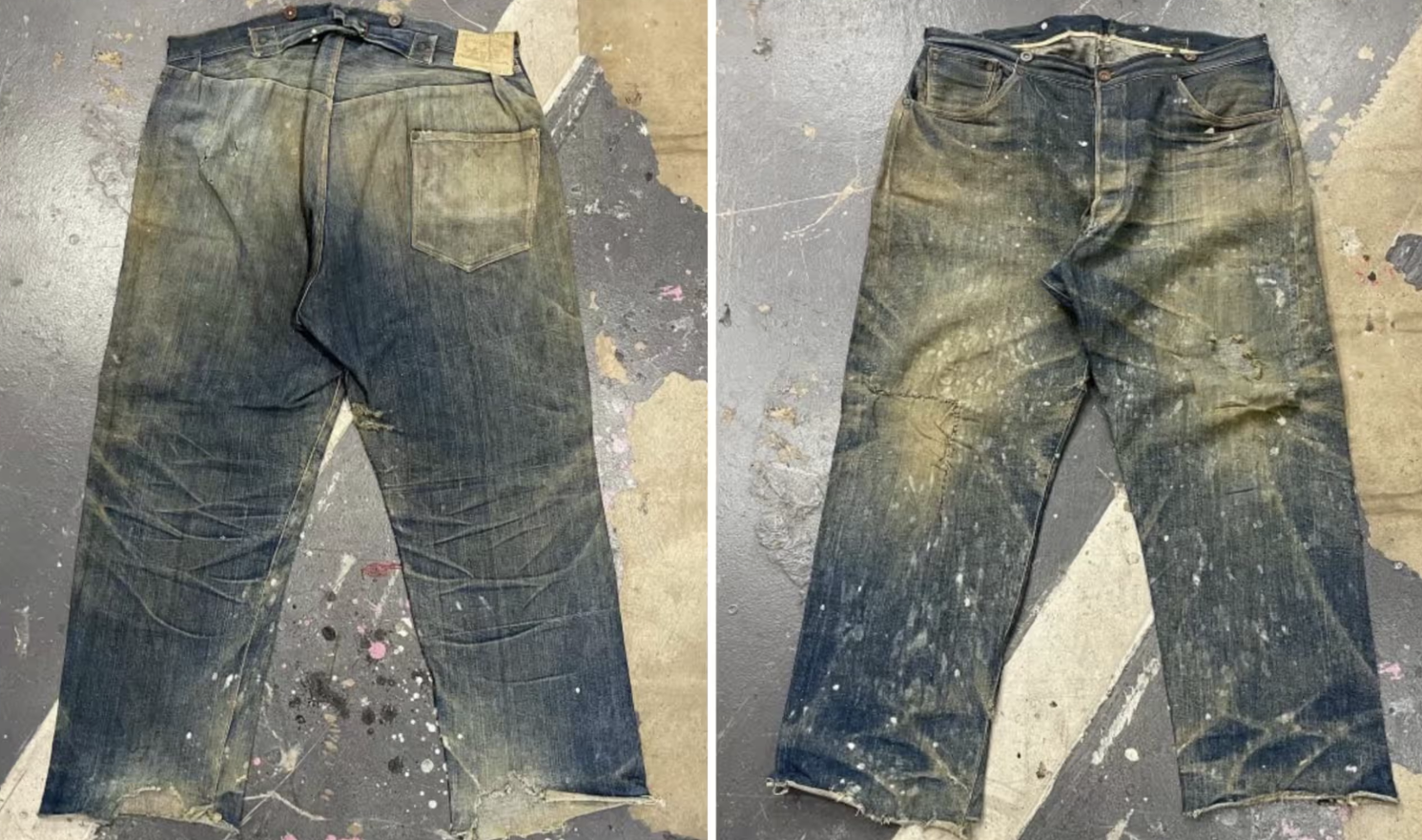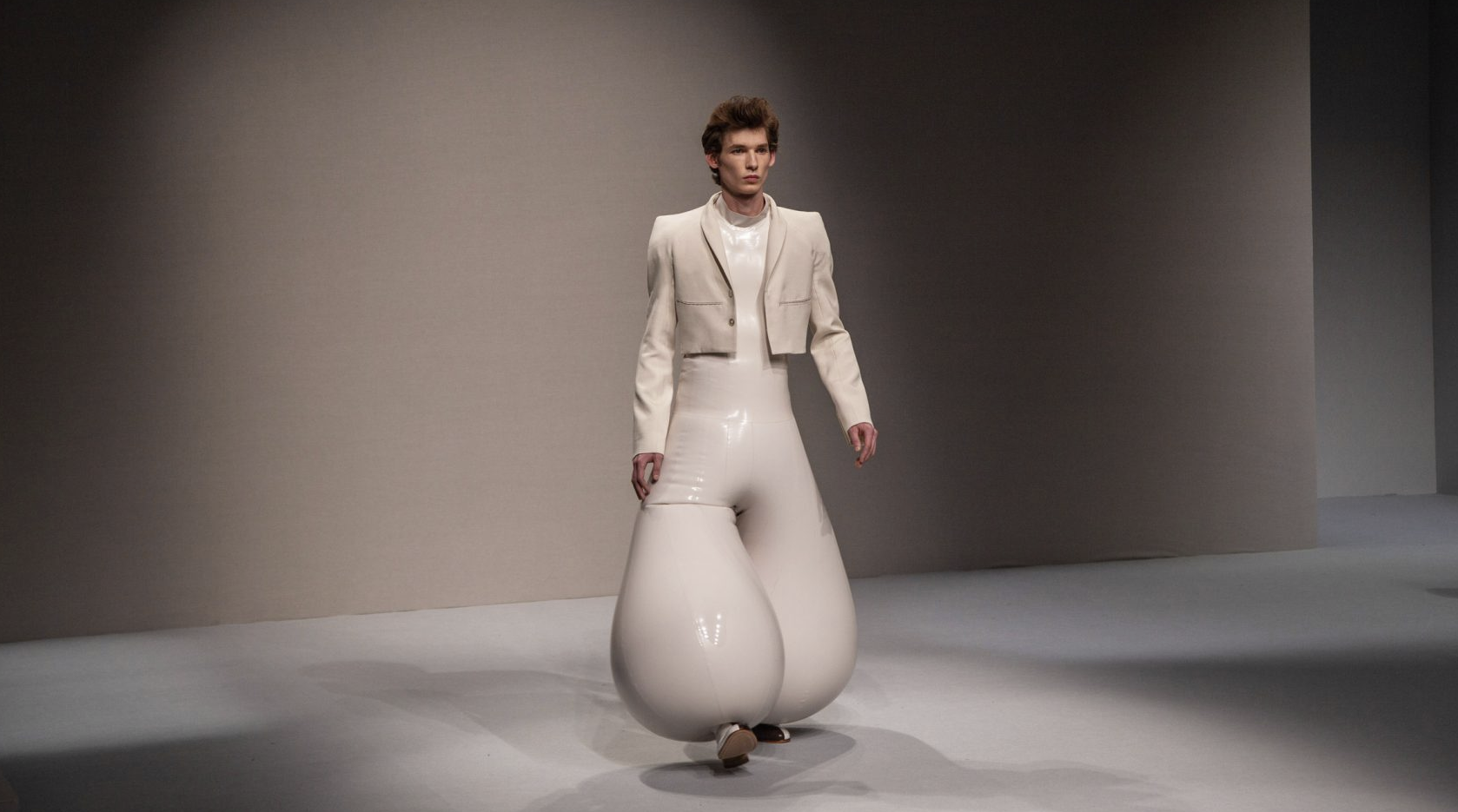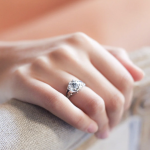Whether you’re a seasoned marathoner or just starting your running journey, choosing the right pair of running shoes is crucial for comfort, performance, and injury prevention. With the multitude of options available today, it can be overwhelming to find a shoe that fits your needs. But don’t worry—understanding a few key factors will make the process much easier.
1. Know Your Foot Type and Gait
Before even stepping into a store, it’s important to understand your foot type and running gait. These factors will significantly influence the type of running shoes that are best suited for you.
Foot Type
To determine your foot type, try the wet foot test: wet both feet and step onto a piece of paper. After a few seconds, step off and look at the imprint left behind. This imprint will help you identify whether you have low, medium, or high arches.
- Low arches (flat feet) often lead to overpronation, where your foot rolls inward as you run.
- Medium arches indicate a neutral gait, where your foot rolls slightly inward for shock absorption.
- High arches may lead to supination (underpronation), where your foot rolls outward, often resulting in less shock absorption.
Running Gait
Once you understand your arch type, it’s essential to know how your foot moves when running. There are three primary types of gaits:
- Overpronation: The foot rolls inward excessively. This is common with low arches and requires stability or motion control shoes to provide adequate support.
- Neutral gait: A slight inward roll of the foot. Neutral shoes are typically ideal for those with medium arches.
- Supination: The foot rolls outward. This is common for those with high arches, and cushioning shoes can help absorb the impact your foot doesn’t naturally cushion.
2. Understand the Different Types of Running Shoes
With your foot type and gait in mind, let’s explore the different types of shoes designed for specific needs.
Motion Control Shoes
For runners with low arches and severe overpronation, motion control shoes are your best friend. These shoes feature a stiffer heel and a relatively straight shape, providing maximum support to prevent excessive inward rolling of the foot.
Stability Shoes
For those with medium arches and a slight overpronation, stability shoes offer the perfect balance of support and cushioning. These shoes help maintain the natural alignment of your foot while providing shock absorption.
Neutral Shoes
If you have high arches and experience supination, look for neutral cushioning shoes. These shoes will provide a soft, cushioned ride to help absorb impact where your foot cannot.
3. Cushioning and Drop: Finding the Right Fit
Once you’ve settled on the appropriate shoe type, the next step is to consider the level of cushioning and the heel-to-toe drop.
- Cushioning: Some runners prefer a minimalistic shoe with little cushioning, while others benefit from a more cushioned ride. Shoes with more cushioning are better for long runs or when you need extra comfort, while minimalist shoes can improve efficiency and promote natural foot mechanics.
- Heel-to-Toe Drop: This refers to the difference in height between the heel and the toe of the shoe. Most running shoes have a drop of about 8-12mm, which helps with heel-to-toe transition. A lower drop shoe (5-6mm) is often preferred by those who land on their midfoot or forefoot, as it promotes a more natural running posture.
4. Consider Your Running Environment
Where you plan to run plays a significant role in determining the right shoe. Road running shoes are designed to be lightweight and responsive, providing just the right amount of cushioning to handle the repetitive impacts of running on hard surfaces. If you prefer trail running, you’ll need shoes with more grip, stability, and protection against uneven terrain. Trail shoes often have tougher outsoles to prevent slipping and provide extra traction on trails with rocks and roots.
5. Get the Right Fit
One of the most critical aspects of finding the best running shoes is ensuring a proper fit. While you might be tempted to go for the same size as your everyday shoes, running shoes often fit differently.
- Toe Box: Your toes should have enough room to splay naturally, with about half an inch (1.5 cm) between your longest toe and the front of the shoe.
- Heel and Midfoot: The heel should be snug, preventing any slippage, while the midfoot should feel like a gentle hug.
- Width: Ensure that the shoe fits the width of your foot. Some brands offer shoes in multiple widths, which can help if you have narrow or wide feet.
6. Test Before You Buy
Never underestimate the importance of trying on shoes before purchasing them. Visit a store that specializes in running shoes, and make sure to walk or run in the shoes before making your decision. Many stores even allow you to run outside or on a treadmill to test the shoes’ comfort and performance.
When trying on shoes, make sure you’re wearing the socks you plan to use for running, as this can affect the fit. Remember, running shoes should feel comfortable right away—there should be no need for a “break-in” period.
7. Replace Your Running Shoes Regularly
Running shoes lose their cushioning and support over time, so it’s important to replace them after 300-500 miles, depending on your running style and shoe type. Worn-out shoes can lead to discomfort and increase your risk of injury. Pay attention to any signs of wear, such as flattening of the cushioning or worn-down treads, and replace them accordingly.
Final Thoughts

Choosing the right running shoes is a personalized process. Every runner is unique, and the shoes that work for one person may not work for another. Keep in mind that comfort is key—find shoes that feel good, match your foot shape, and support your running style. Don’t hesitate to seek professional advice if you’re unsure about your gait or foot type. With the right shoes, you can run longer, safer, and more comfortably, making your running experience enjoyable and injury-free.
Happy running!

